Manila is the capital city of the Philippines and the most densely populated city in the world. It is also one of the most polluted. According to Wikipedia, pollution alone causes more than 4,000 deaths a year in Manila, and the Pasig River that flows through its corridor is one of the most polluted in the world. It is also said to be one of the wealthiest regions in Southeast Asia but based on what we saw today that wealth must be concentrated among a very small segment of the population. We were struck by extreme poverty, the number of ramshackle metal shanties occupying every spare inch of space. As our guide described life for the average citizen many people on our bus commented on how “cheap” everything is – a gymny (a shared cab that can hold up to 16 people – the brightly colored vehicles in the pictures below) can be had for less than 10 cents a mile, an average McDonald’s meal is about $3.50, city apartments rent for $300/month, it’s about $5/day to park if you drive your own car to work – but when you’re making $350/month these things aren’t quite so cheap.
Our 8 hour day began with an introduction to the motorcycle police that would be escorting us on our tour – not for security purposes, but because when you’re the most densely populated city in the world traffic is a problem. Not “can be” but constantly is. Our live about 30 minutes outside the city and told us they have to allow themselves at least 4 hours to get to work every day – each way! They take the bus or a gymny. This creates the potential for serious problems for cruise ships that operate on very strict schedules. They need their passengers returned from their tours on time. To make sure that happens the city assigns police escorts to pave the way for the tour buses and ensure they get back to the ship when they’re supposed to. If the buses are late they have to pay big fines and run the risk of losing the cruise ship’s business. We were in the second of three buses so we weren’t able to see the lead motorcycle, but friends in the front of the first bus said they were quite entertaining – the way they stopped traffic to allow the buses to move against the flow of traffic using the wrong lane, preventing people from pulling out in front of the buses, etc.
First up on the tour was a stop at St. Joseph Parish Church, where we saw and heard the world’s only bamboo organ. Built in 1824 by the Parish’s first priest to accommodate the Filipino climate, 902 of the organ’s 1,031 pipes are made of bamboo. It has required repairs and refurbishment over the years, but it’s pretty impressive that an instrument like this built nearly 200 years ago continues to be part of the every day life of the church and has such a beautiful sound.
Next we visited a fruit and vegetable market. Nothing too extraordinary to report here except that for some reason the Manila government requires all tour buses to stop at this location and allow visitors a chance to make a purchase. Some folks bought bananas or flowers.
Our main destination was Tagaytay Ridge, an area overlooking the bay below and the world’s smallest active volcano. There is a smaller volcano in Mexico, but it is not considered to be active, so Mount Taal (an ironic name for the smallest volcano, don’t you think?) wins the title. Unfortunately, the air quality made it difficult to see the volcano clearly, but Ken did get some pictures.
Our return trip included a drive through the walled city of Manila, a one quarter square mile area built in the late 16th Century to protect the city from invaders. It was protected by Fort Santiago and served as the seat of government and political power, and was the center of the area’s religion, education and economy.
When we entered our stateroom Pam was greeted with a nice birthday surprise. Our stewards even made her a cake! We couldn’t eat it, but it was pretty creative.


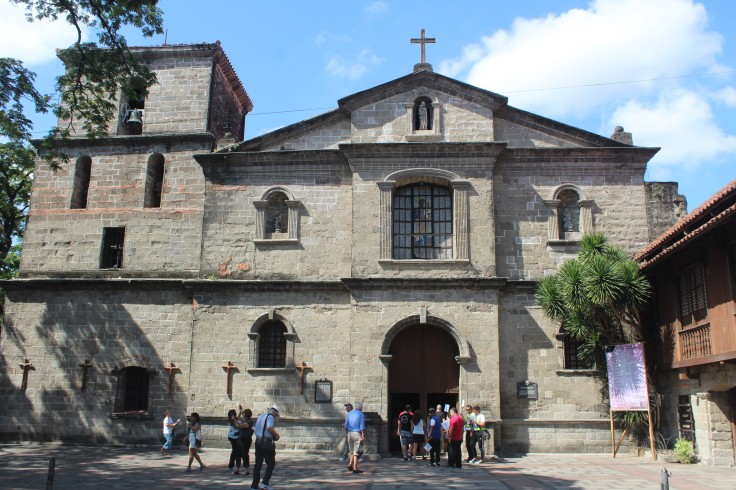
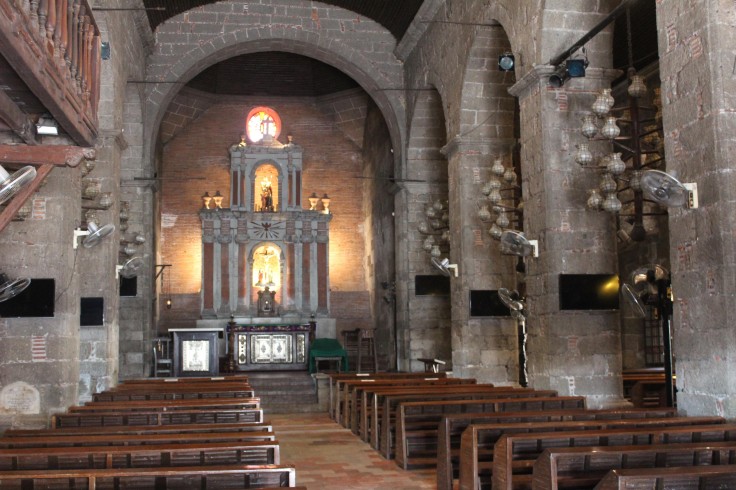
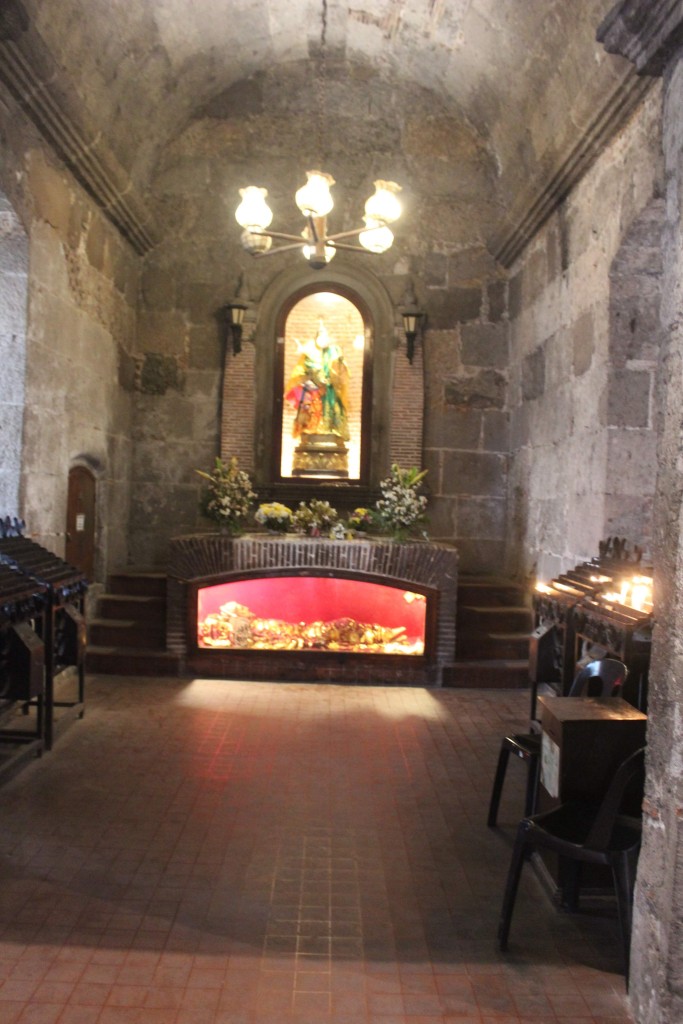


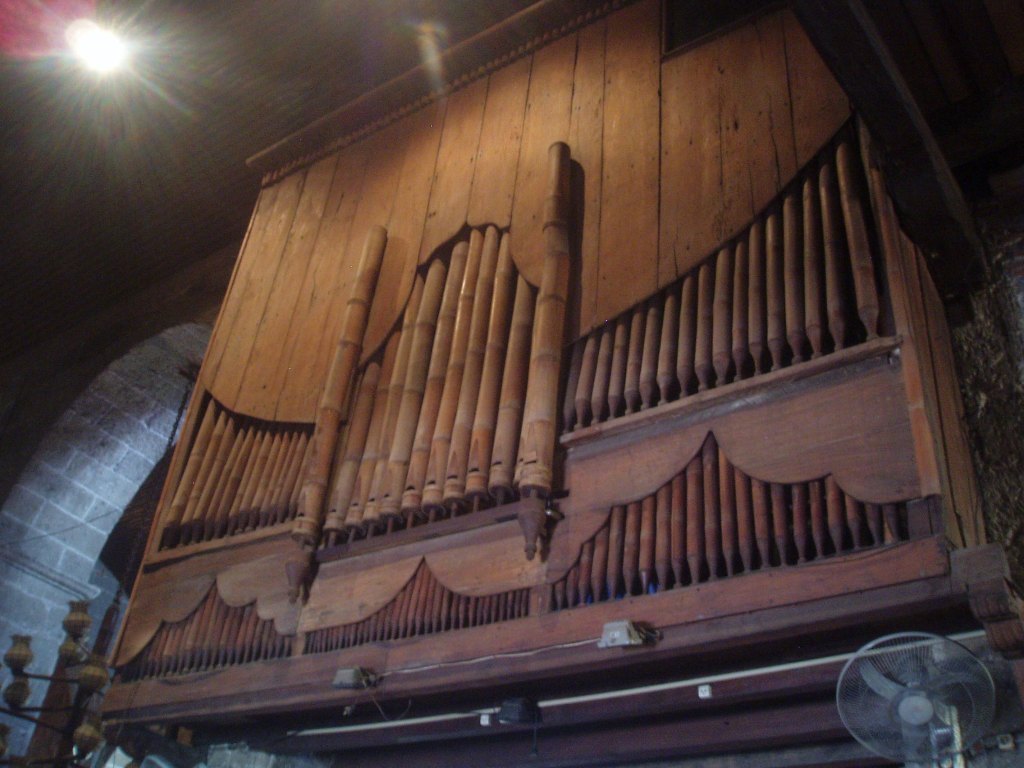
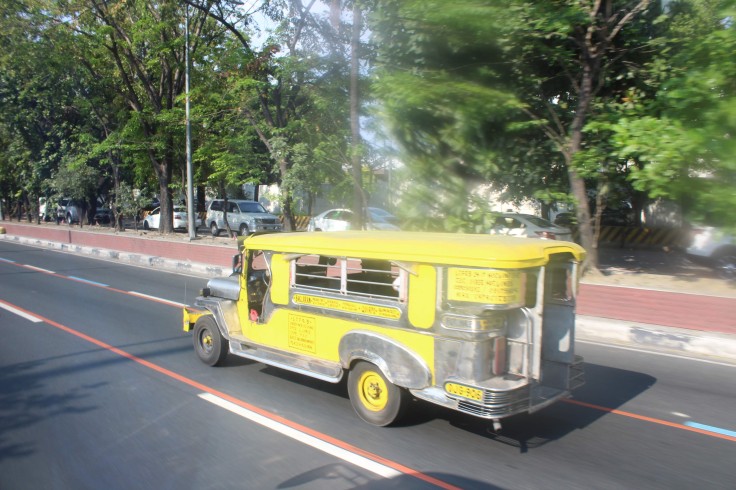
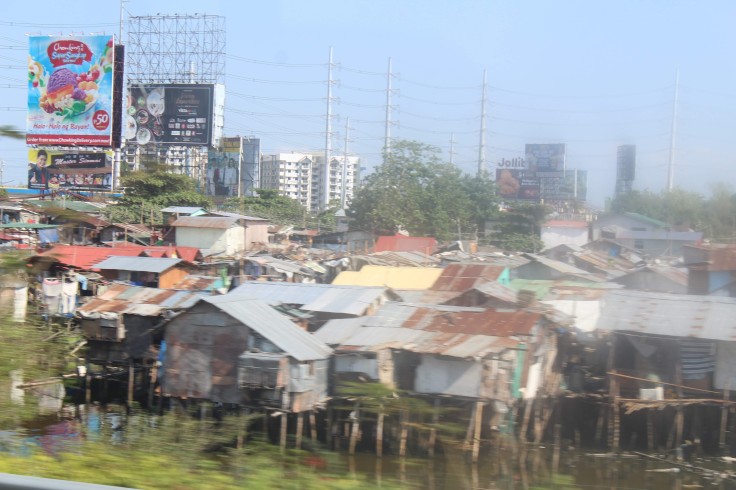


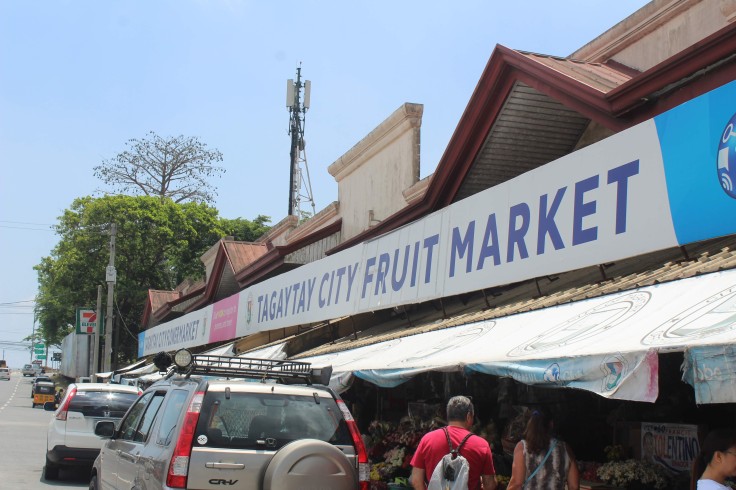
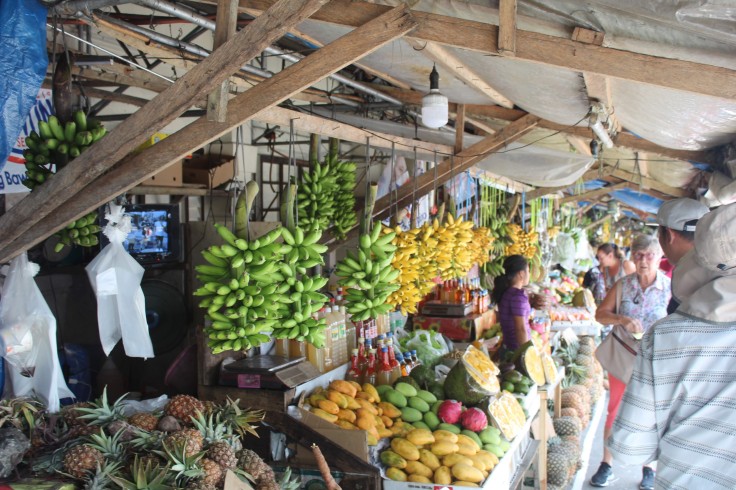

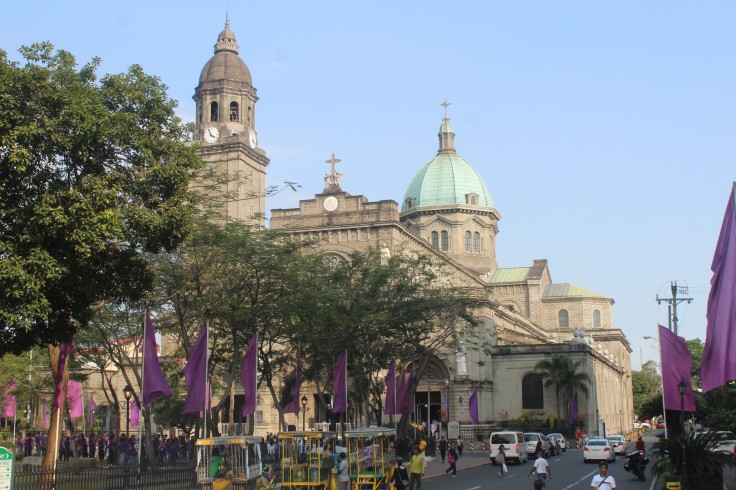
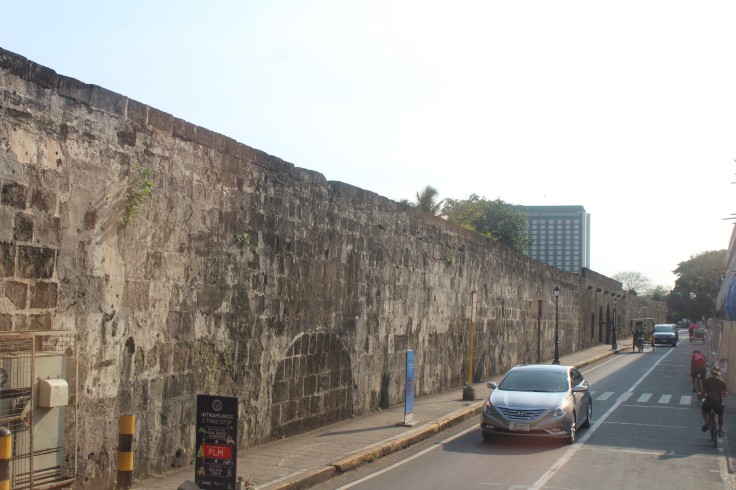
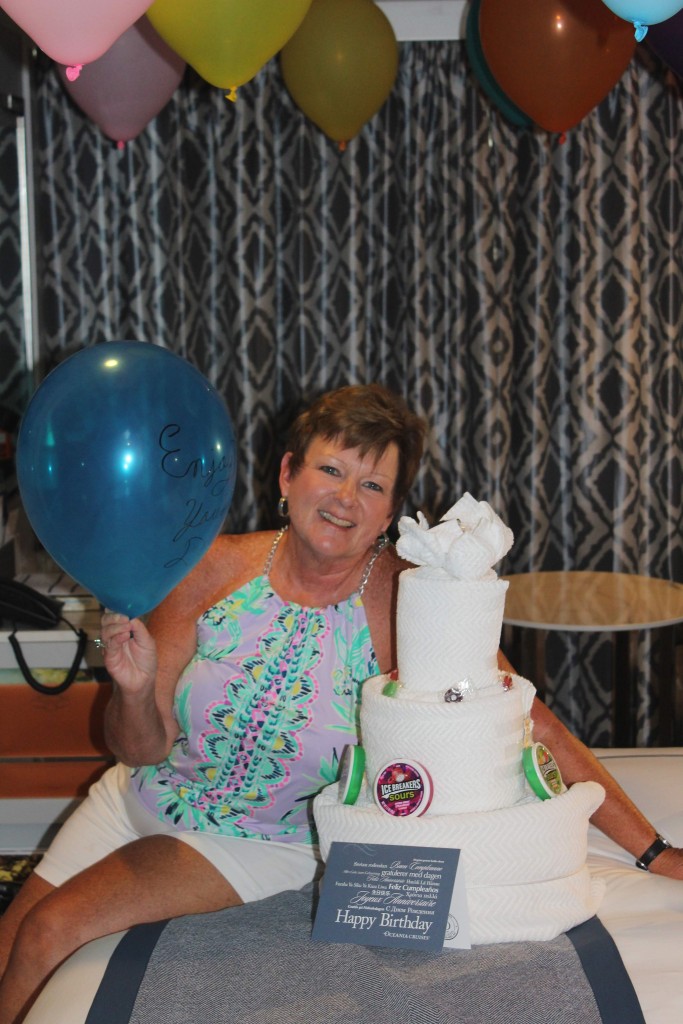
You two make a great team. Super photos from Ken and writings from PAM. That’s quite the organ. The poverty, air quality, monthly wages, etc makes us all the more grateful that we live where we live.
Sent from my iPad
>
LikeLiked by 1 person
Thanks Kathy. Pam is quite the writer.
LikeLike